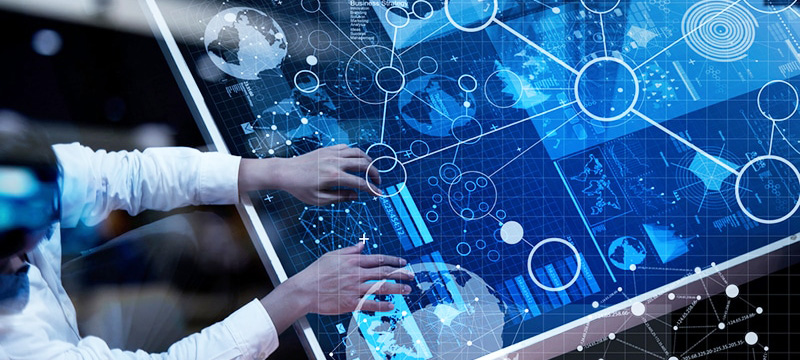

In a world where connected devices generate vast volumes of operational data, traditional ERP systems often fall short. Modern manufacturers, logistics providers, and asset-intensive businesses are discovering that only ERP platforms with native IoT integration can keep pace with the complexity of today’s supply chains.
The Data Visibility Gap in Connected Operations
Despite significant digital investment, many enterprises still operate with fragmented systems. While machines on the factory floor might send real-time status updates, that data rarely flows directly into the company’s planning or procurement systems. The result?
- Siloed machine and inventory data
- Delays in detecting equipment failure or supply chain disruptions
- Inaccurate forecasting due to non-integrated sensors
- Limited ability to act on real-time insights
This disconnect undermines the very promise of IoT: actionable intelligence at every level of operation.
What Is an IoT-Enabled ERP System?
An IoT-enabled ERP platform integrates data streams from physical devices – sensors, smart machines, GPS trackers, and more – into core enterprise workflows. This architecture allows operational data to inform strategic decisions in real time.
Key features include:
- Real-time asset and inventory tracking
- Predictive maintenance based on machine telemetry
- Automated replenishment triggered by sensor thresholds
- Smart alerts for anomalies in production or logistics
- Context-rich dashboards combining IoT and business metrics
These systems don’t just centralize data – they contextualize it, allowing organizations to respond faster and more intelligently.
The Strategic Benefits of IoT-Integrated ERP
IoT-driven ERP systems offer measurable advantages over conventional platforms, especially in industries with high operational complexity:
- Predictive capabilities: Early warnings from equipment or environmental sensors help prevent downtime.
- Hyper-automation: Trigger business workflows based on IoT events – like rerouting shipments or adjusting output.
- Enhanced traceability: Track products and raw materials in real time, down to the unit level.
- Sustainability insights: Monitor energy consumption and emissions to support ESG compliance.
- Improved customer service: Real-time delivery updates, automated incident handling, and smarter SLA management.
Why Off-the-Shelf ERP Falls Short in IoT Contexts
Most legacy ERP platforms were not built to handle high-frequency, time-series data from IoT devices. Integrations are often bolted on after the fact, leading to:
- Data latency and inconsistency
- Limited analytics capabilities
- High cost of retrofitting existing architectures
That’s why many organizations facing performance bottlenecks have solved them with individually crafted ERP software development company architectures – designed from the ground up with IoT compatibility in mind.
Industry Use Cases: Where IoT and ERP Converge
- Industrial Manufacturing: Monitoring CNC machines, predicting tool wear, and automating maintenance schedules.
- Smart Logistics: Real-time location tracking of shipments, temperature-sensitive goods, and driver behavior monitoring.
- Energy Sector: Linking field assets to centralized ERP for outage response and maintenance optimization.
- Agriculture: Integrating irrigation sensors and weather data into ERP-controlled planning and resource allocation.
Each use case underscores a core truth: data is only as valuable as the systems that act on it.
Preparing for the Future of Autonomous Operations
As industries move toward autonomous decision-making – driven by AI, edge computing, and 5G – ERP systems must evolve into responsive, sensor-aware platforms. Custom, IoT-native ERP architectures enable companies to stay ahead of this curve, allowing devices to do more than just monitor: they must orchestrate.
Conclusion: Unlocking Operational Intelligence Through IoT-Ready ERP
The convergence of IoT and ERP is not just a tech upgrade – it’s a strategic transformation. Enterprises looking to eliminate visibility gaps, optimize processes, and enable real-time decision-making must rethink their ERP foundations. A purpose-built, IoT-integrated ERP system provides the infrastructure needed to thrive in this connected age.
The post How IoT-Driven ERP Systems Are Solving Supply Chain Blind Spots appeared first on IoT Business News.
